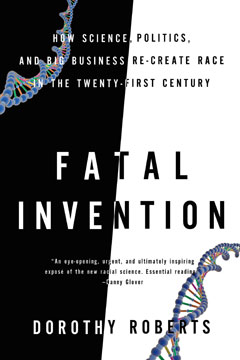Racing to Justice: Transforming Our Conceptions of Self and Other to Build an Inclusive SocietyPosted in Books, Law, Media Archive, Monographs, Politics/Public Policy, Social Work, United States on 2012-08-20 21:58Z by Steven |
Racing to Justice: Transforming Our Conceptions of Self and Other to Build an Inclusive Society
Indiana University Press
2012-08-16
336 pages
6 x 9
Cloth ISBN: 978-0-253-00629-5
john a. powell, Professor of Law; Director Haas Diversity Research Center
University of California, Berkeley
Foreword by:
David R. Roediger, Kendrick Babcock Professor of History and African American Studies
University of Illinois
Renowned social justice advocate john a. powell persuasively argues that we have not achieved a post-racial society and that there is much work to do to redeem the American promise of inclusive democracy. Culled from a decade of writing about social justice and spirituality, these meditations on race, identity, and social policy provide an outline for laying claim to our shared humanity and a way toward healing ourselves and securing our future. Racing to Justice challenges us to replace attitudes and institutions that promote and perpetuate social suffering with those that foster relationships and a way of being that transcends disconnection and separation.
Table of Contents
- Acknowledgments
- Introduction: Moving Beyond the Isolated Self
- I. Race and Racialization
- 1. Post-Racialism or Targeted Universalism?
- 2. The Colorblind Multiracial Dilemma: Racial Categories Reconsidered
- 3. The Racing of American Society: Race Functioning as a Verb Before Signifying as a Noun
- II. White Privilege
- 4. Whites Will Be Whites: The Failure to Interrogate Racial Privilege
- 5. White Innocence and the Courts: Jurisprudential Devices that Obscure Privilege
- III. The Racialized Self
- 6. Dreaming of a Self Beyond Whiteness and Isolation
- 7. The Multiple Self: Implications for Law and Social Justice
- IV. Engagement
- 8. Lessons from Suffering: How Social Justice Informs Spirituality
- Afterword
- References
- Index








